Key Takeaways
-
Identification Matters: German cockroaches are smaller and tan with two stripes; American cockroaches are larger and reddish-brown with a yellow band.
-
Habitat Preferences: German cockroaches prefer indoor spaces like kitchens; American cockroaches thrive in damp basements and outdoors.
-
Reproduction Rates: German cockroaches lay up to 40 eggs per case, spreading quickly; American cockroaches lay fewer eggs and are slower to infest.
-
Health Risks: Both types carry bacteria and can trigger allergies and asthma, requiring timely control measures.
-
Prevention Strategies: Keep your home clean and dry, seal cracks, and inspect potential hiding spots regularly.
-
Professional Help Recommended: Proper species ID and pest control expertise are essential for persistent infestations.
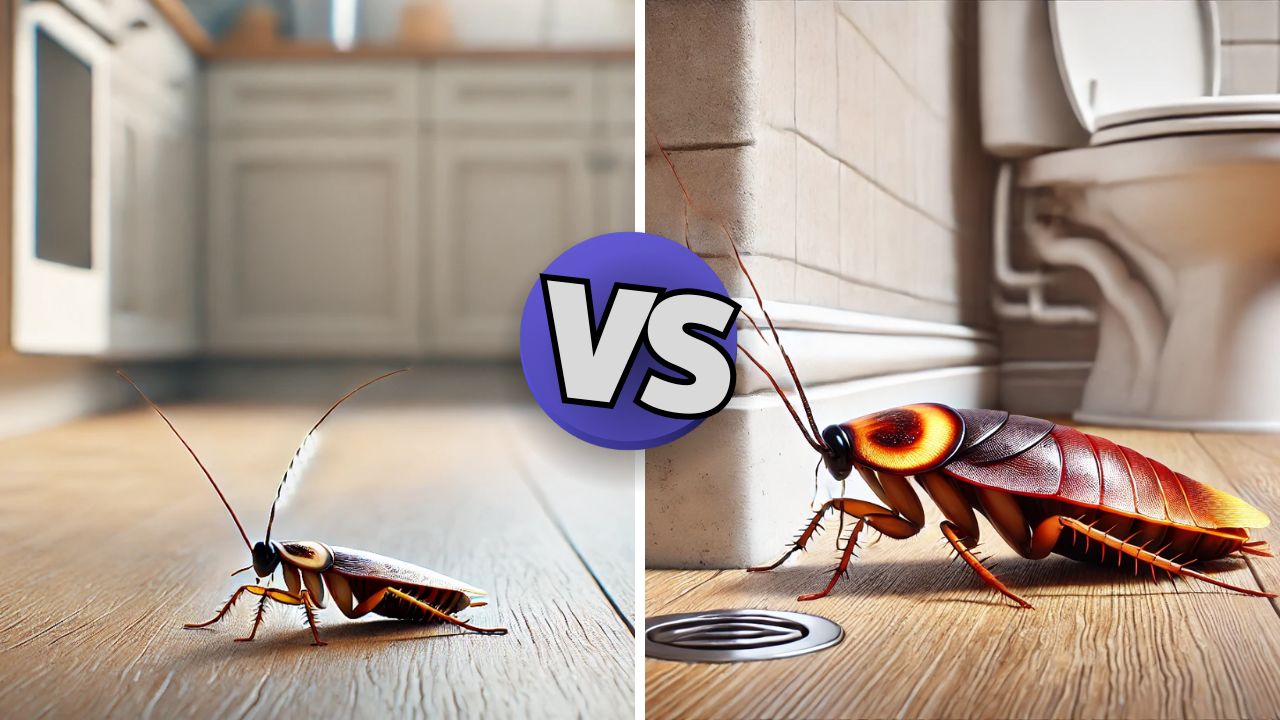 Identifying the species involved while dealing with a cockroach infestation is crucial for effective treatment and long-term prevention. Among the most common household invaders are German cockroaches and American cockroaches. Though they share similarities, they differ significantly in appearance, habitat, behavior, and reproduction.
In this article, we will compare these two cockroach species in detail, helping you recognize which one you’re dealing with and how to prevent or control an infestation.
If you’re unsure about the type of cockroach in your home, our experts offer a Free Pest Inspection visit to accurately identify and manage the infestation. Schedule your inspection today and take the first step toward a cockroach-free home!
Identifying the species involved while dealing with a cockroach infestation is crucial for effective treatment and long-term prevention. Among the most common household invaders are German cockroaches and American cockroaches. Though they share similarities, they differ significantly in appearance, habitat, behavior, and reproduction.
In this article, we will compare these two cockroach species in detail, helping you recognize which one you’re dealing with and how to prevent or control an infestation.
If you’re unsure about the type of cockroach in your home, our experts offer a Free Pest Inspection visit to accurately identify and manage the infestation. Schedule your inspection today and take the first step toward a cockroach-free home!


Not getting a solution?
Get your free pest control estimate today!What are Cockroaches?
Cockroaches are one of the most persistent pests found worldwide, thriving in various environments. Although all cockroaches seek food, water, and shelter, the German and American cockroach species exhibit distinct characteristics that set them apart.Physical Characteristics
-
Shape: Flattened, oval-shaped body.
-
Size: Varies by species, typically ranging from ½ inch to over 2 inches long.
-
Color: Shades of brown, from light tan to reddish-brown.
-
Features: Long antennae and fast-moving legs.
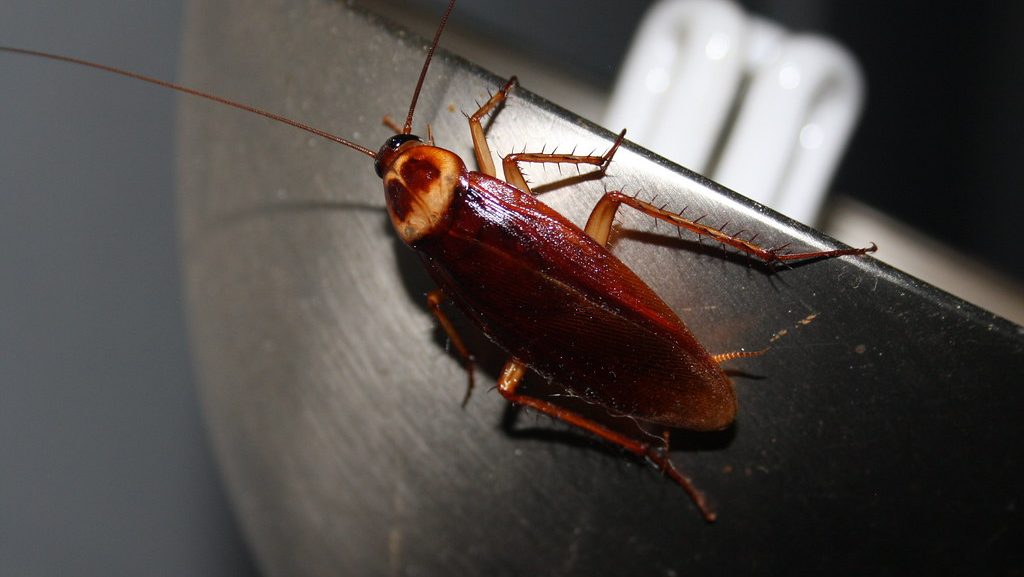 The German cockroach is a smaller indoor pest that prefers warm, humid areas like kitchens and bathrooms, while the American cockroach is much larger and typically found in basements, sewers, and other damp environments. Identifying which species you’re dealing with is essential for choosing effective control methods.
The German cockroach is a smaller indoor pest that prefers warm, humid areas like kitchens and bathrooms, while the American cockroach is much larger and typically found in basements, sewers, and other damp environments. Identifying which species you’re dealing with is essential for choosing effective control methods.
Key Differences: German vs. American Cockroach
| Feature | German Cockroach | American Cockroach |
|---|---|---|
| Size | Smaller, ½ to ⅝ inches (12-15 mm) | Much larger, 1.5 to 2 inches (35-50 mm) |
| Shape | Flattened, oval-shaped body with long antennae | More robust, oval-shaped body with well-developed wings |
| Color | Light tan or brown with two dark parallel stripes on the back | Reddish-brown with a distinct yellow band behind the head |
| Wings | Small wings, rarely flies | Fully developed wings, capable of gliding short distances |
| Movement | Primarily runs fast to escape threats | More likely to fly, especially in humid conditions |
Where Do These Cockroaches Live?
Cockroaches tend to nest in locations with food, water, and shelter, but their preferred environments differ. The German cockroach is an indoor pest, rarely found outdoors. The American cockroach prefers outdoor environments like drains but may invade homes.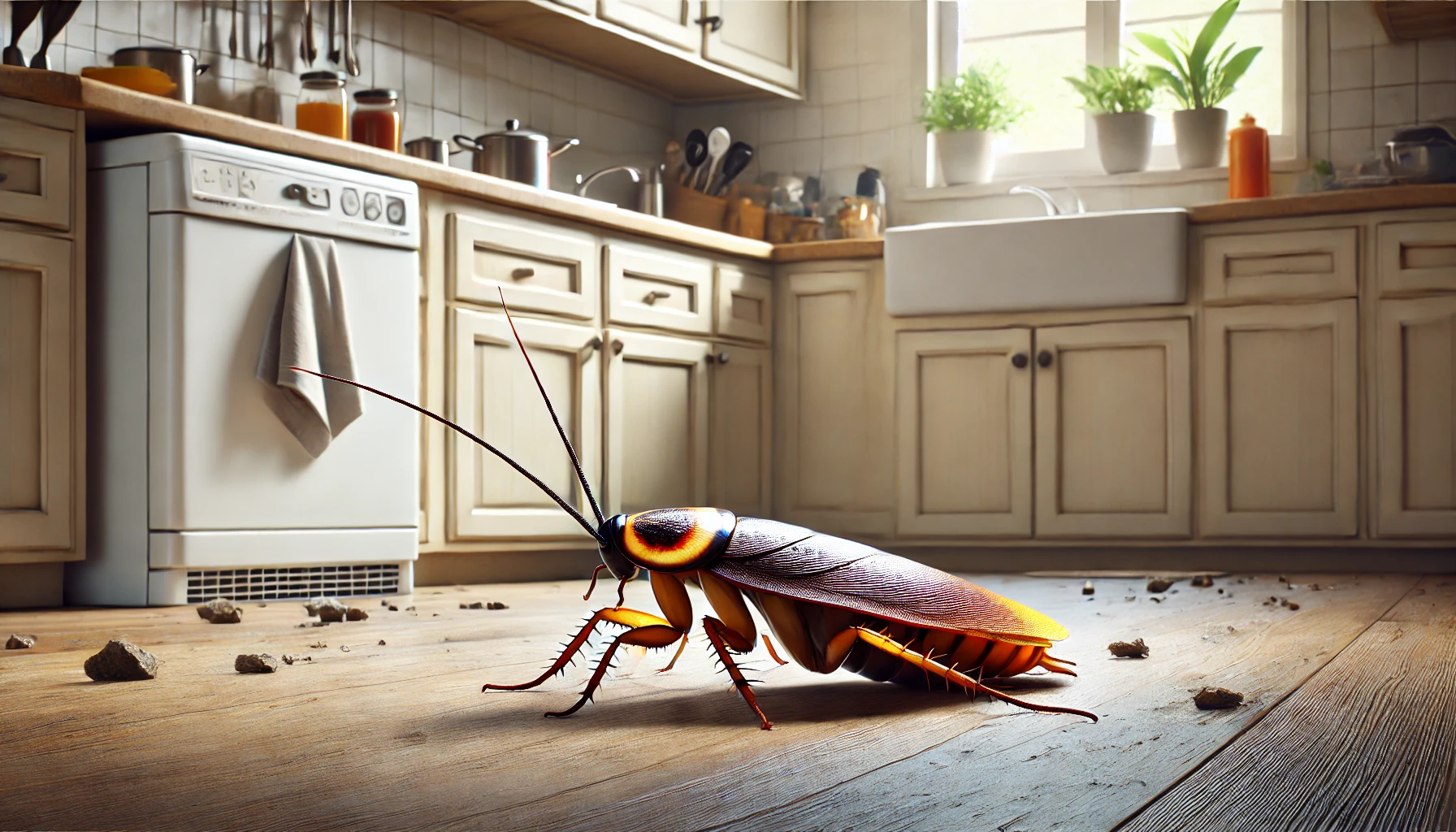
Common Habitats of Cockroaches
-
German Cockroach: Kitchens, bathrooms, and laundry rooms where food and moisture are present. Cracks, crevices, and under appliances—they prefer tight spaces for shelter. Sewer lines and plumbing areas, gaining access through small gaps.
-
American Cockroach: Sewers, basements, and drains, as they favor damp, dark places. Attics, crawl spaces, and utility rooms when seeking shelter indoors. Outdoor leaf piles and mulch, near entry points to buildings.
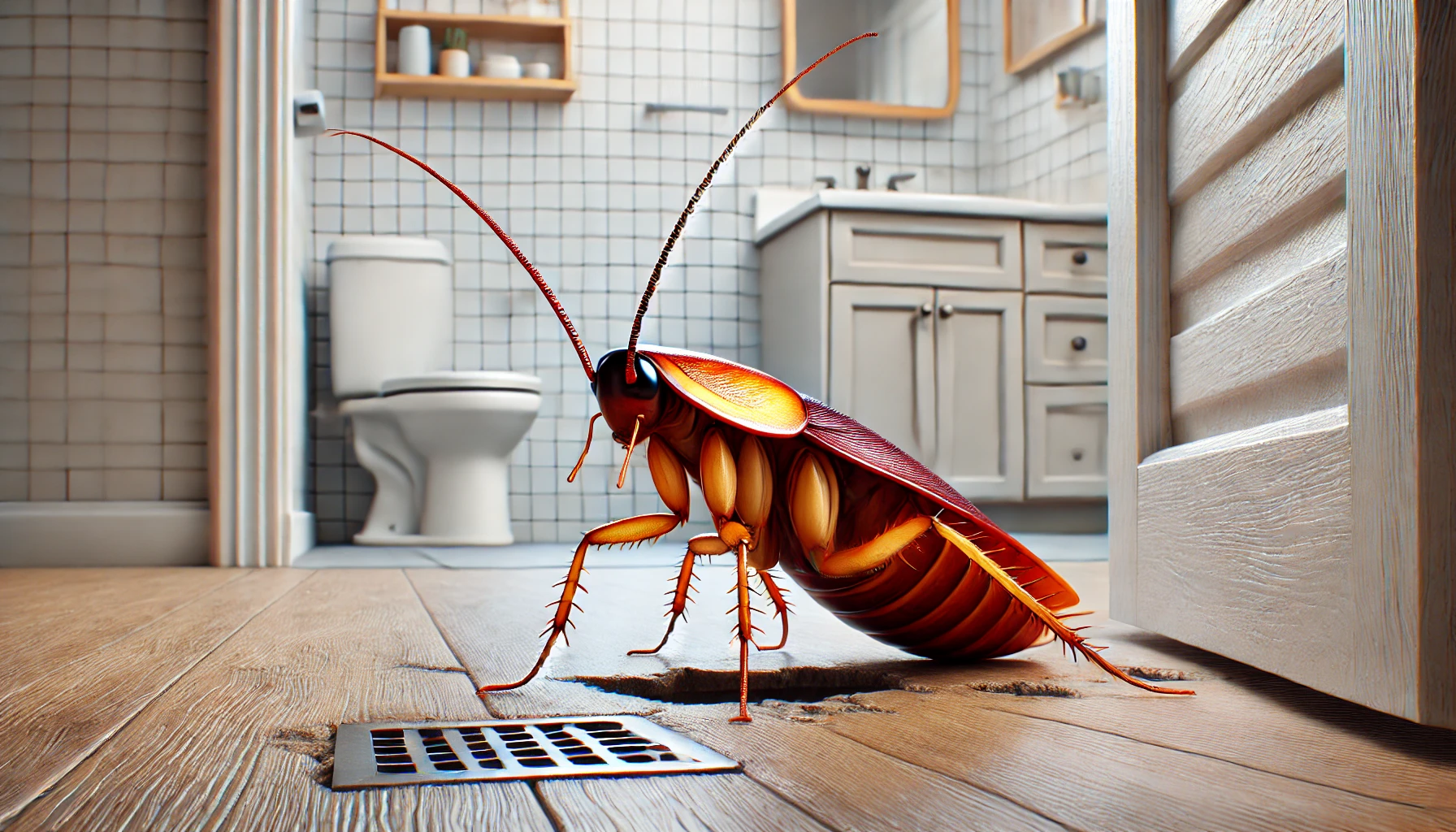
How Do German and American Cockroaches Behave?
Cockroach behavior varies based on activity patterns, speed, and reproduction rates. While the German Cockroach is known for its high reproductive rate and quick movements, the American Cockroach is larger but slower and reproduces at a much lower rate.German Cockroach Behavior
-
Nocturnal: Hides during the day and emerges at night.
-
Fast runners: Quickly scurry across surfaces and hide when disturbed.
-
Rapid reproduction: A single female can produce 40 eggs per case, hatching in as little as 28 days.
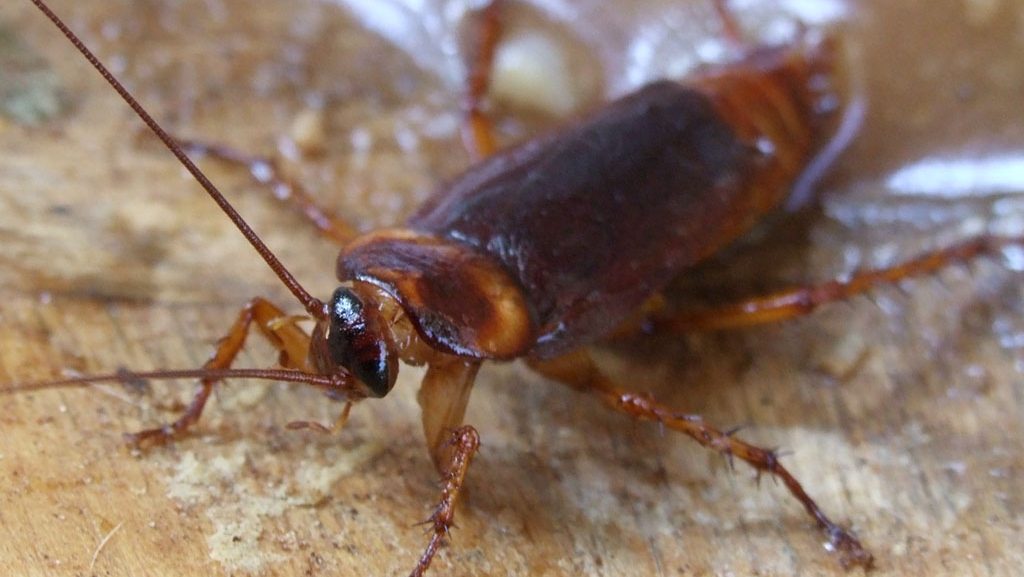
American Cockroach Behavior
-
Nocturnal: Prefers dark areas and avoids light.
-
Slower movement: Moves cautiously and scavenges for food in damp areas.
-
Slower reproduction: Produces 16-20 eggs per case, resulting in slower infestation growth.
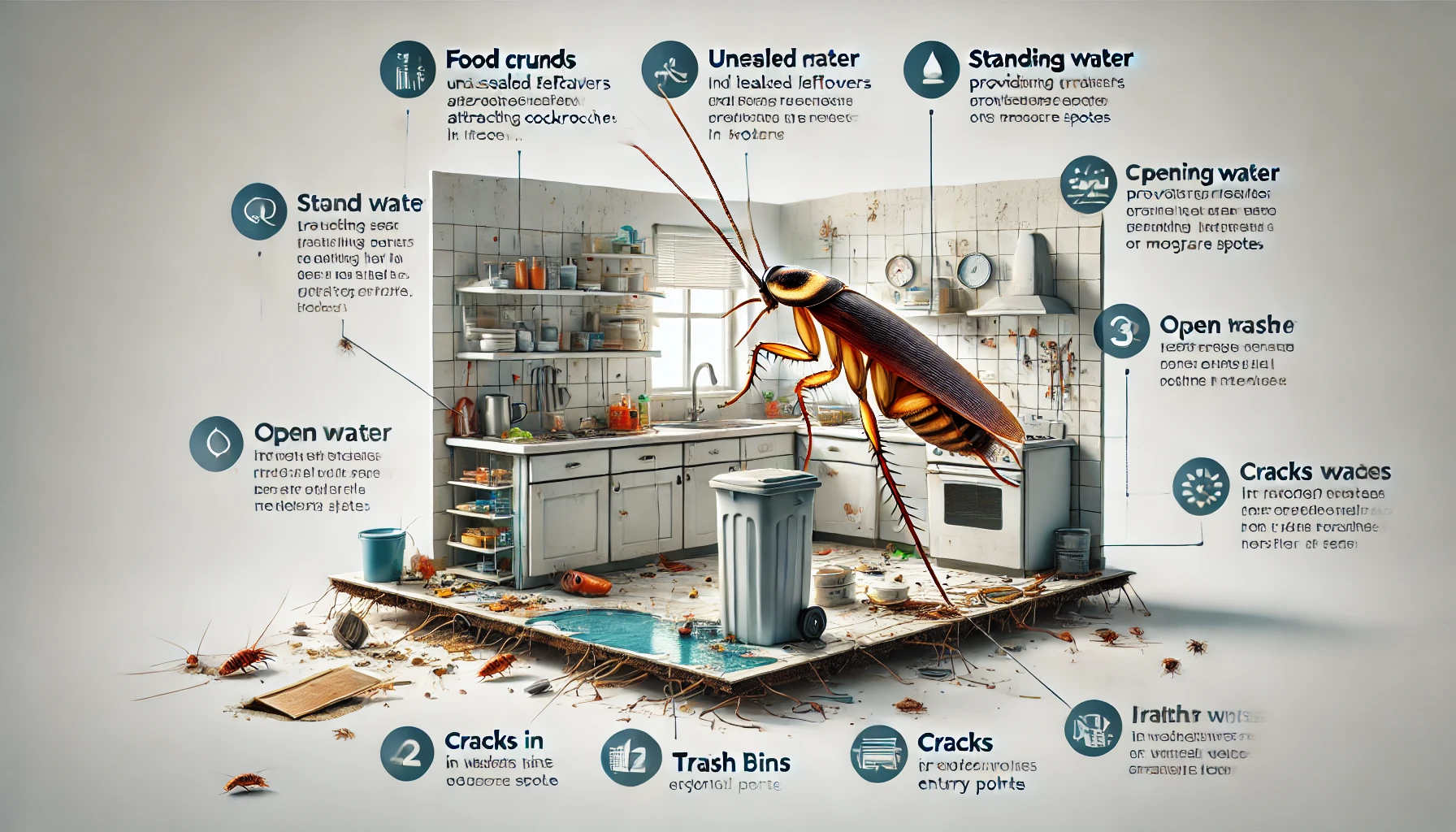
How to Spot Cockroach Infestation?
Both cockroach species leave traces of their presence which lead to infestation, but their droppings, egg cases, and odors differ.German Cockroach Infestation Signs
-
Droppings: Small, pepper-like droppings near food storage areas.
-
Egg Cases: Dark egg cases found in hidden spots (behind cabinets, under appliances).
-
Odor: Musty odor, especially in larger infestations.
American Cockroach Infestation Signs
-
Droppings: Larger droppings, often found near sewer lines and basements.
-
Egg Cases: Bigger egg cases, usually in damp areas like basements or crawl spaces.
-
Odor: Strong, musty smell, which becomes noticeable in large infestations.
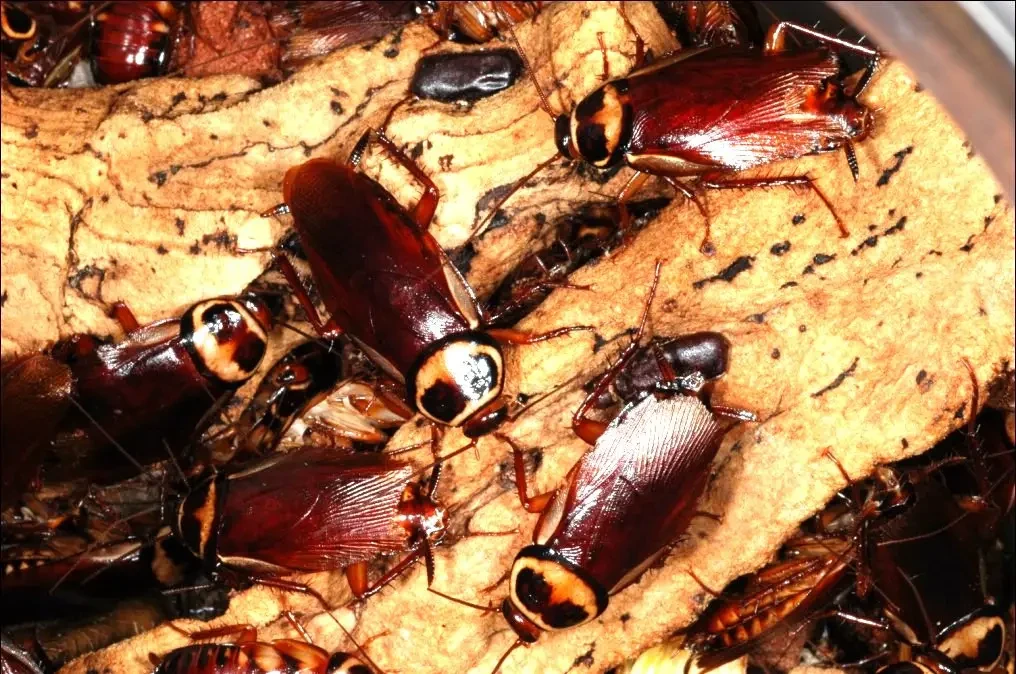
Are These Cockroaches Dangerous?
Both species pose health risks due to their potential to spread bacteria and trigger allergic reactions.Health Risks from German Cockroaches
-
Allergies & Asthma: May trigger allergies and asthma, particularly in children.
-
Bacteria Carriers: Carriers of bacteria including Salmonella and E. coli, contaminating food and surfaces.
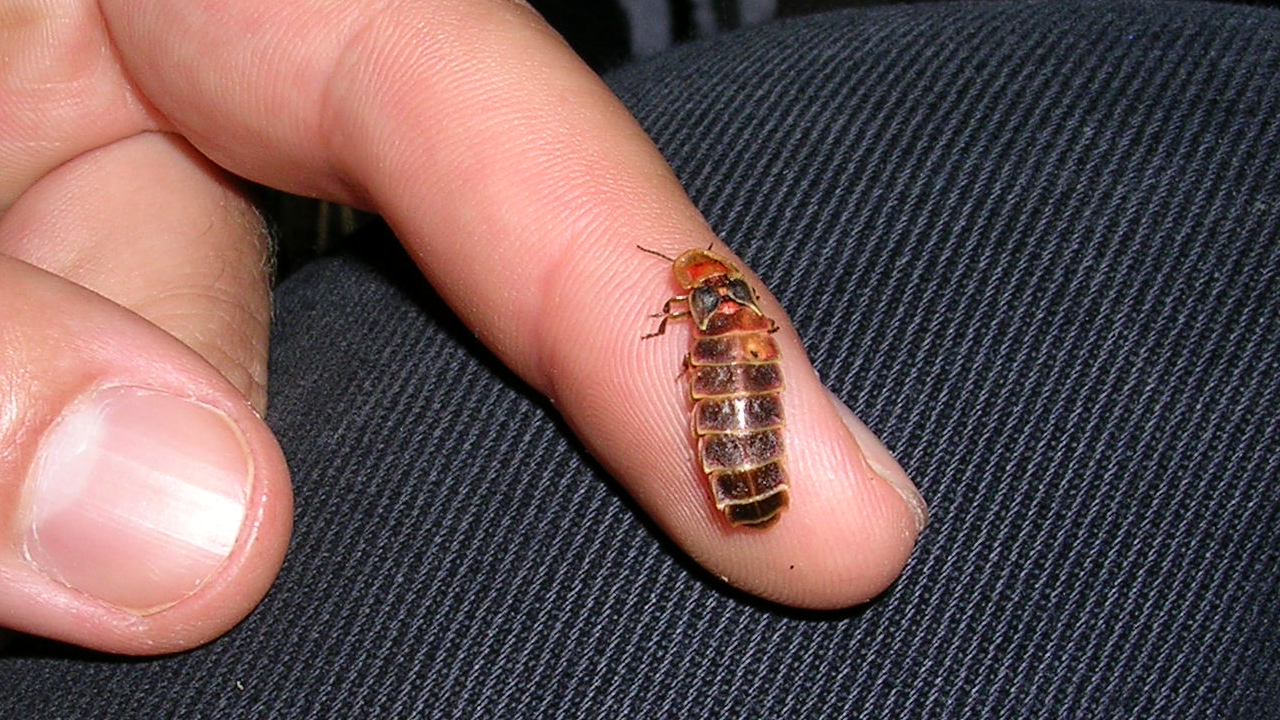
Health Risks from American Cockroaches
-
Allergic Reactions: Can cause allergic reactions and asthma flare-ups.
-
Disease Transmission: Transmit bacteria, leading to gastrointestinal diseases and food contamination.
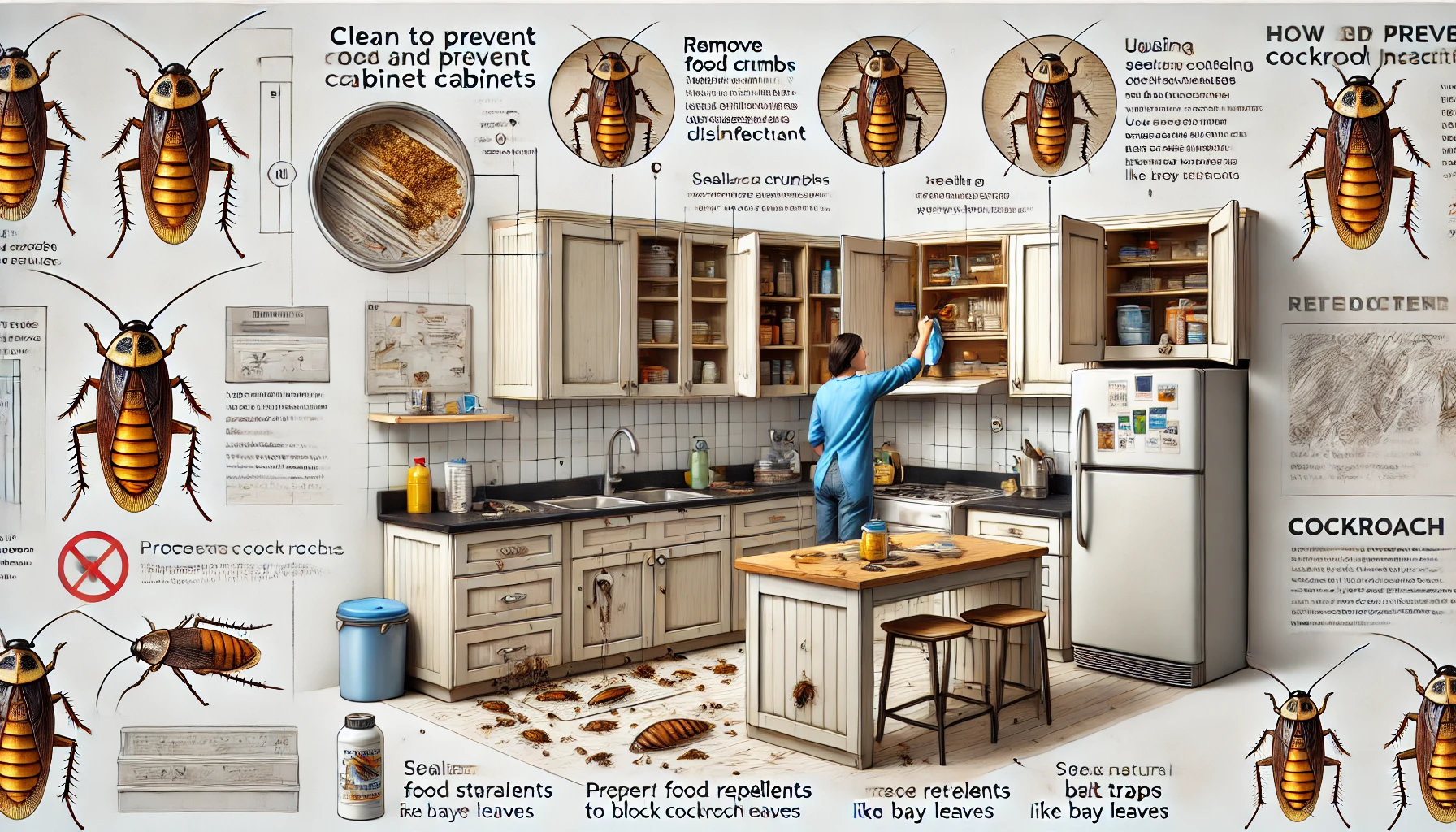
How to Prevent and Get Rid of Cockroaches?
Preventing a cockroach infestation requires cutting off food, water, and shelter sources. Preventing German Cockroach Infestations German cockroaches are small, agile pests known for quickly establishing themselves within indoor environments. To prevent their infestation effectively, follow these detailed guidelines:1. Seal Cracks and Entry Points
- Inspect around doors, windows, plumbing, and vents for openings.
- Seal cracks using caulk or silicone, especially around pipes and wiring.
- Install door sweeps and window screens to block access points.
2. Maintain Cleanliness in Kitchens and Bathrooms
- Clean countertops, stovetops, and sinks regularly.
- Wipe up spills and crumbs promptly; avoid leaving dirty dishes overnight.
- Store food in airtight containers to prevent access.
- Empty trash bins often and use tight-fitting lids.
3. Eliminate Moisture Sources
- Fix leaking pipes and faucets as soon as possible.
- Check under sinks and appliances for hidden moisture.
- Use fans or open windows to reduce humidity in kitchens and bathrooms.
4. Utilize Traps and Baits
- Place sticky traps and bait stations near common cockroach hiding spots.
- Check traps regularly for activity and reposition as needed.
1. Reduce Moisture
- Repair plumbing, roof, or gutter leaks immediately to remove water sources.
- Ventilate basements, attics, and crawl spaces to prevent dampness.
- Use dehumidifiers in areas with persistent moisture issues.
2. Seal Entry Points
- Inspect foundations, walls, and drains for gaps and openings.
- Seal cracks with caulk and use weather stripping around doors and windows.
- Install screens over vents and drains to block cockroach access.
3. Outdoor Sanitation and Landscaping
- Keep garbage bins sealed and positioned away from entry points.
- Clear yard debris, mulch, and leaf piles regularly.
- Maintain a vegetation-free zone around your home’s foundation.
4. Use Targeted Insecticides
- Apply cockroach-specific insecticides around exterior entry points and problem areas.
- Reapply treatments as directed for continued protection.

Myths and Facts About German and American Cockroaches
| Myth | Fact |
|---|---|
| All cockroaches are the same species. | There are many species of cockroaches, including German and American cockroaches, each with distinct characteristics. |
| Cockroaches only live in dirty environments. | While cockroaches are often associated with filth, they can invade clean homes if they find food and water sources. |
| American cockroaches are more dangerous than German cockroaches. | Both species can carry pathogens, but the main issue with cockroaches is their potential to spread allergens and bacteria. |
| German cockroaches are easier to control than American cockroaches. | German cockroaches reproduce quickly and are more challenging to control due to their high reproductive rate. |
| You can eliminate cockroaches with a single treatment. | Effective cockroach control usually requires ongoing treatment and preventive measures to address all stages of the infestation. |





